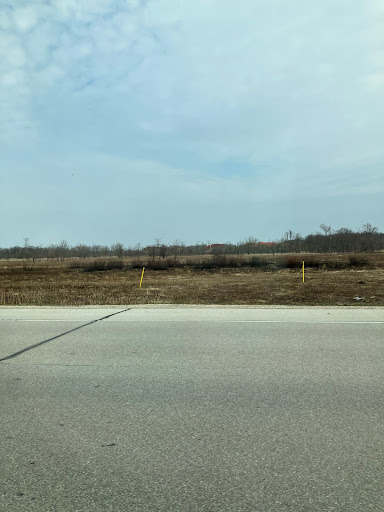Climate change has been a hot topic for a few decades, with multiple causes such as factories and transportation. While it doesn’t always appear as a remarkable issue, it affects the whole world, and now it’s hitting home, right here in Wisconsin. How is it affecting us, and what can we do about it?
Compared to the past, annual precipitation percentages in Wisconsin have increased by 15-20% since 1950 according to the NOAA. The increase in precipitation is most prominent during fall and winter. There has also been a significant increase of winter minimum temperatures rising 4-8 degrees over the past 70 years.
What does that mean for this winter? Last year’s winter was the warmest Wisconsin has ever experienced, with accumulations of snow being abnormally lower than the normal. According to the Wisconsin State Climatology Office, the average temperature was 28.2 degrees, 2 degrees higher than the previous record. With warm weather already going on, the outlook for this winter may very well be the warmest we’ve seen yet.
A few other occurrences seen last winter were very dry conditions, tornadoes, and minimal ice cover. This winter will be very dry, as winter is usually Wisconsin’s driest season. Last February was remarkably dry, with most of the state, especially in the north, experiencing drought from mild to severe. There were also a few tornadoes, a rare event especially so early in the year. Additionally, the Great Lakes only had a bit of ice cover along the shorelines in late February to early March, when it is supposed to be at its peak. With all of these strange weather phenomena, who knows what will happen in the next few months?




